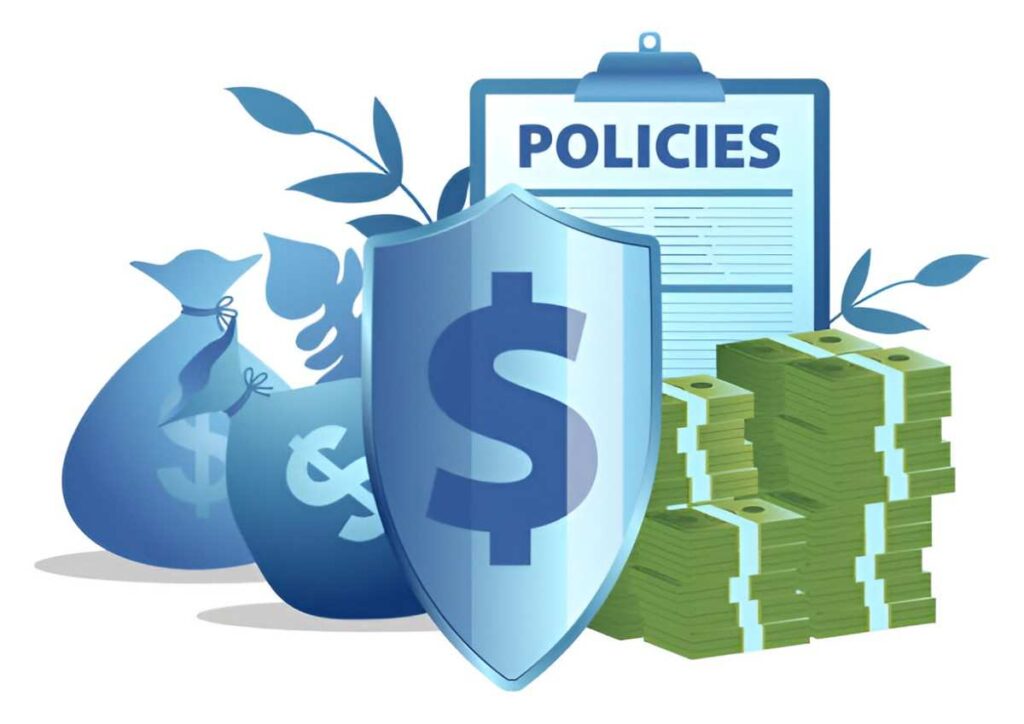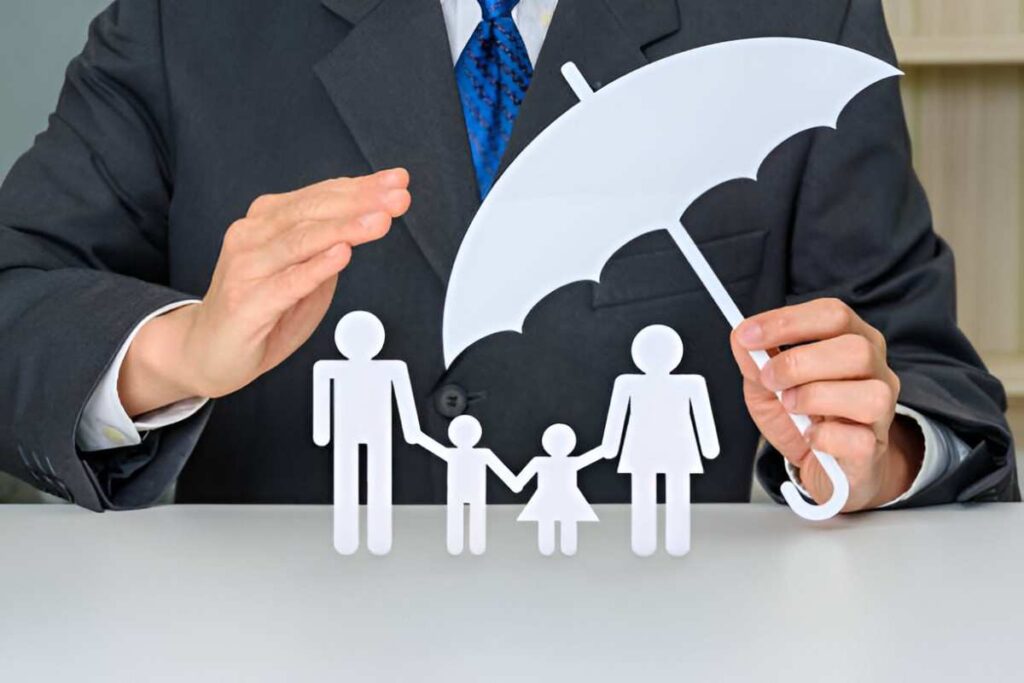Liability insurance is a type of insurance policy that provides protection to individuals and businesses against the risk of being held legally responsible for injuries, damages, or negligence. This form of insurance is essential because it helps cover the costs of legal defense and any settlements or judgments against the insured party.
Table of Contents
Key Points about Liability Insurance
- Definition: Liability insurance is designed to offer coverage for claims resulting from injuries and damage to people and/or property. These policies cover both legal costs and any payouts for which the insured would be responsible if found legally liable.
- Types of Liability Insurance: There are several types of liability insurance, each tailored to specific risks and industries. Some common types include:
- General Liability Insurance: Covers businesses against claims of bodily injury, property damage, and personal injury (like slander or libel).
- Professional Liability Insurance: Also known as errors and omissions (E&O) insurance, this covers professionals such as doctors, lawyers, and consultants against claims of negligence or malpractice.
- Product Liability Insurance: Protects manufacturers, distributors, and retailers from claims related to injuries or damages caused by defective products.
- Employer’s Liability Insurance: Provides coverage for businesses against claims made by employees who suffer a job-related injury or illness not covered by workers’ compensation.
- Public Liability Insurance: Covers claims made by the public for incidents that occur on the insured’s premises or as a result of their operations.
- Importance of Liability Insurance:
- Financial Protection: Liability claims can be expensive, involving significant legal fees and potential settlements. Liability insurance helps protect against these financial risks.
- Legal Requirement: In many jurisdictions, certain types of liability insurance are legally required. For example, businesses often need general liability insurance to operate legally.
- Business Credibility: Having liability insurance can enhance a business’s credibility, as clients and customers may be more willing to engage with a company that has taken steps to protect against risks.
How Liability Insurance Works
- Policy Coverage: The insurance policy specifies what is covered, including the types of claims and the maximum amount the insurer will pay (policy limit). It also outlines any exclusions, which are situations or incidents that the policy does not cover.
- Premiums: The insured party pays premiums to the insurance company, usually on a monthly or annual basis. The amount of the premium depends on various factors, such as the type of coverage, the policy limit, the insured party’s industry, and their claims history.
- Claims Process:
- Incident Occurrence: An incident occurs that may lead to a claim, such as a customer slipping and falling in a store.
- Claim Filing: The insured party reports the incident to their insurance company and files a claim.
- Investigation: The insurance company investigates the claim to determine its validity and the extent of the coverage.
- Settlement or Defense: If the claim is covered, the insurance company may negotiate a settlement or provide legal defense if the claim goes to court.
- Payment: The insurance company pays the claim up to the policy limit, covering legal fees, settlements, or judgments.
Example of Liability Insurance
Consider a small business, ABC Landscaping, which provides gardening and lawn care services. One day, while working on a client’s property, an employee accidentally damages a neighbor’s expensive car parked nearby. The neighbor files a claim against ABC Landscaping for the repair costs.
- General Liability Insurance: ABC Landscaping has a general liability insurance policy that covers property damage. The company files a claim with their insurer, who then investigates the incident.
- Coverage and Settlement: The insurance company confirms that the claim is valid and falls within the policy’s coverage. They negotiate with the neighbor and agree on a settlement amount to cover the car’s repairs.
- Payment: The insurer pays the settlement amount, protecting ABC Landscaping from having to bear the financial burden of the repair costs out-of-pocket.
Benefits of Liability Insurance
- Peace of Mind: Knowing that they are protected against potential claims, businesses and individuals can operate with greater confidence.
- Risk Management: Liability insurance is a critical component of a broader risk management strategy, helping to mitigate financial losses from unexpected incidents.
- Legal Compliance: Meeting legal requirements for liability insurance ensures that businesses can operate legally and avoid penalties.
Conclusion
Liability insurance is a vital tool for managing the risks associated with legal claims for damages or injuries. By providing financial protection and peace of mind, it enables individuals and businesses to navigate their operations more securely. Understanding the types of liability insurance and how they work can help ensure that appropriate coverage is in place to protect against various risks.





